Top 10 Herbs Every Herb Garden Should Include

Introduction:
Starting a herb garden leads to many gastronomic opportunities and fragrant pleasures. Growing your herbs is a fulfilling hobby that delivers freshness and flavor to your door, regardless of your gardening expertise level or love of cooking. In this article, we’ll look at the top ten herbs that should be in every herb garden. These herbs, which range from traditional favorites like parsley and basil to adaptable favorites like thyme and rosemary, not only improve the flavor of your food but also lend a touch of elegance to your outdoor area. We explore the diverse range of tastes and scents these herbs offer and discover how to treat them with love and care. There’s a place for a herb garden in your house, whether it’s a large, expansive yard, a little sunny windowsill, or something in between. Let’s investigate the necessary herbs to stimulate your cooking endeavors and infuse your kitchen with a hint of the great outdoors.
Basil:
Basil is a popular herb in kitchens worldwide because of its vivid green leaves and distinctive scent. Every herb garden’s sweet, slightly peppery flavor lends richness to various meals. There are several kinds of basil, each with a distinct flavor and use in cooking. Common kinds include lemon basil, which has a zesty twist that is ideal for salads and seafood; Thai basil, which has an anise-like flavor and is frequently seen in Southeast Asian recipes; and sweet basil, which is the original form used in Italian cuisine.
Basil is a flexible herb in various fresh or dried recipes. It is a crucial component in caprese pasta sauces as it complements tomatoes well. Basil also adds fragrance to pizzas, pesto, soups, and stir-fries. Basil thrives in warm, sunny conditions with well-draining soil. It can be grown from seeds or transplants and is well-suited to outdoor gardens and containers. Regular harvesting encourages bushy growth and prevents the plant from flowering too quickly, which can diminish the flavor of the leaves.
Clip whole stems above a pair of leaves to gather basil or pinch off individual leaves. Use the leaves as is, or dry and freeze them for use at a later time. Hanging bunches of dry basil stems upside down in a warm, well-ventilated space until completely dry. Dried basil leaves should be kept from direct sunlight and heat in an airtight container. Not only is basil tasty, but it’s also nutrient- and health-rich. Antioxidants and essential oils with potential antibacterial and anti-inflammatory effects are present. In addition, basil is an excellent source of minerals, including magnesium and calcium, as well as vitamins A, K, and C.
Parsley:
Parsley is a common herb in cuisines worldwide because of its vibrant green leaves and fresh, herbal flavor. Parsley is frequently used as a garnish and enhances a variety of foods with color, flavor, and health benefits. Parsley comes in two primary varieties: flat-leaf (Italian) and curly-leaf. While flat-leaf parsley has a more robust flavor and is favored for cooking, curly parsley has a crisp texture and is frequently used as a garnish. A versatile herb, parsley may be used in many fresh and dried recipes. It gives salad dressings, marinades, soups, and sauces a crisp, peppery taste.
Mediterranean cuisine is especially fond of flat-leaf parsley in pasta dishes, chimichurri sauce, and tabbouleh. Curly parsley is often used as a garnish for its decorative appearance. Parsley is a hardy biennial herb easy to grow in a garden or container. It prefers well-drained soil and partial to full sun. Parsley seeds can be sown directly in the garden or started indoors and transplanted outdoors once the weather warms up. Keep the soil consistently moist and harvest parsley regularly to encourage new growth.
Cut leaves or whole stems slightly above the plant’s base to gather parsley. Leaves can be used fresh or dried for later use. Hanging bunches of dry parsley stems upside down in a warm, well-ventilated space until completely dry. Dried parsley leaves should be kept from direct sunlight and heat in an airtight container. In addition to being tasty, parsley is also nutrient- and health-rich. Along with minerals like calcium and iron, parsley is high in vitamins A, C, and K. Antioxidants and substances with potential anti-inflammatory and diuretic effects can also be found in parsley.
Thyme:
The earthy flavor and aromatic properties of thyme make it a fragrant and adaptable plant. It enhances the flavor of various foods and is a mainstay in many culinary traditions. There are many types of thyme; typical forms are English, French, and lemon. Every kind has its flavor character, and lemon thyme adds a zesty touch that goes well with chicken and fish recipes. A versatile herb, thyme works well in savory and sweet recipes, either fresh or dried. A wide range of foods, such as poultry, beef, lamb, fish, vegetables, and legumes, go well with its hearty flavor.
Common uses for thyme include marinades, soups, stews, sauces, and herb mixes like Herbes de Provence. Thyme is a resilient perennial herb that thrives in well-drained soil and full sun. It’s drought-tolerant once established and doesn’t require frequent watering. Thyme can be grown from seeds or transplants and is well-suited to outdoor gardens and containers. Trim thyme regularly to encourage bushy growth and prevent it from becoming too woody.
Snip off individual stems or trim complete sprigs just above a leaf node to gather thyme. Leaves can be used fresh or dried for later use. Hanging bunches of dry thyme stems upside down in a warm, well-ventilated place until completely dry. Dried thyme leaves should be kept from direct sunlight and heat in an airtight container. In addition to providing food flavor, thyme may also provide health advantages. It has ingredients like thymol, which might be antioxidant and antibacterial. In addition, iron, manganese, and vitamins C and A are all found in excellent amounts in thyme.
Rosemary:
A popular herb, rosemary is prized for its intense flavor and unique aroma. It’s a flexible herb that gives many different meals a delicious Mediterranean touch. The flavor of rosemary, which is woodsy and pine-like, goes well with meats, especially lamb, hog, and chicken. It tastes good with bread, potatoes, roasted veggies, and sweets like shortbread or lemon rosemary cake. Rosemary is a popular ingredient for marinades, rubs, and infused oils since it can be used fresh or dried and because cooking brings out the flavor. Hardy perennial herbs like rosemary do well in full sun and well-drained soil.
Once planted, it can withstand droughts and thrives in slightly alkaline soil. Rosemary grows nicely in pots or outdoor gardens and may be produced from seeds or cuttings. Prune rosemary regularly to maintain its shape and encourage new growth. To harvest rosemary, snip individual stems or cut entire sprigs just above a leaf node. Use the leaves fresh or dry them for later use. To dry rosemary, hang bunches of stems upside down in a warm, well-ventilated area until thoroughly dried. Store dried rosemary leaves in an airtight container away from light and heat.
In addition to providing food flavor, rosemary may also have health advantages. It has anti-inflammatory and antioxidant properties that could boost the immune system and facilitate better digestion. In addition to being high in calcium and iron, rosemary is also high in vitamins C and A. Beyond its culinary use, rosemary has a rich cultural and symbolic heritage. Rosemary has been linked to memory, faithfulness, and remembering in many civilizations. It represents love, loyalty, and protection and is frequently utilized in ceremonies, rituals, and festivities.
Mint:
Mint is a well-known cooling plant for its flavor and scent. Mint is a favorite herb for culinary, medicinal, and aromatic reasons because of its adaptability and delicious flavor. Mint comes in many kinds, each with a distinct flavor character. Spearmint, peppermint, chocolate mint, and pineapple mint are common varieties. While peppermint has a harsher, more menthol-like flavor, spearmint is renowned for its bright, pleasant flavor. Mint is a common ingredient in savory and sweet recipes, giving salads, drinks, desserts, and savory foods a burst of freshness.
Lamb, peas, cucumbers, and summer fruits like watermelon and strawberries go very well. A crucial component of drinks like mint tea, mint-infused lemonades, and mojitos is mint. Mint is a resilient perennial herb that thrives in most climates. It thrives in moist, well-drained soil and partial to full sun. Mint is known for its invasive nature, so it’s best grown in containers to prevent it from taking over the garden. Regular pruning helps control its growth and encourages bushy growth.
Mint may be harvested by trimming whole stems or individual leaves above a leaf node. Leaves can be used fresh or dried for later use. Mint stems should be hung upside down in a warm, well-ventilated location until completely dry. Dried mint leaves should be kept from direct sunlight and heat in an airtight container. Mint not only gives food flavor but may also provide health advantages. Because of its inherent analgesic qualities, menthol may help reduce headaches and indigestion.
Antioxidants and vitamins, particularly A and C, are abundant in mint. Mint has been used for ages in aromatherapy and traditional medicine in addition to its culinary purposes. Due to its stimulating properties, mint essential oil is frequently used in aromatherapy for its refreshing scent and potential health benefits, such as relieving stress and promoting relaxation.
Chives:
The delicate, slender herbs called chives are distinguished by their vivid green color and subtle onion flavor. They are regarded for their culinary variety and aesthetic appeal and are related to onions, garlic, and leeks. Chives are a favourite garnish for salads, soups, omelettes, and baked potatoes because they impart a mild onion flavor to many different types of food. Their mild flavor goes well with various herbs and spices, which may be used raw and cooked. Additionally, chives are essential to traditional recipes like cream cheese spread and potato salad. Growing chives is simple, and they do best on soil that drains well and receives full to partial shade.
They grow well from seeds or transplants and are suitable for outdoor gardens and containers. Chives form clumps of grass-like foliage, producing delicate purple or white flowers in late spring or early summer. To harvest chives, snip individual leaves or cut entire stems just above the base of the plant. Use the leaves fresh or freeze them for later use. To freeze chives, chop them into small pieces and place them in an ice cube tray filled with water. Once frozen, transfer the chive cubes to a freezer bag for long-term storage.
In addition to giving food flavor, onions may be beneficial to your health. Together with minerals like calcium and iron, they are high in vitamins A and K. Additionally, sulfur compounds and antioxidants found in chives may have antibacterial and anti-inflammatory effects. Besides their culinary use, chives are frequently used as ornamental plants in gardens and outdoor spaces. Their erect, thin leaves give flower beds, herb gardens, and container plants a pop of color and texture. Edible chives may be added to salads for a colorful burst or garnish.
Cilantro (Coriander):
The colorful herb cilantro, sometimes called coriander in certain places, has fluffy, brilliant green leaves and a flavor all its own. Cilantro, which is widely used in cuisines all over the world, gives food a zesty and revitalizing flavor. Latin American, Asian, and Middle Eastern cuisines employ cilantro extensively in various recipes. Its zesty, fresh flavor goes well with savory, sweet, and spicy foods. Salsas, guacamole, curries, soups, salads, and marinades are among the dishes that often contain cilantro. The flavor of the leaves and stems is utilized in many dishes.
Cool weather is ideal for cilantro growth, and it needs well-drained soil and moderate to whole light. This herb grows from seeds or transplants and is an annual. The cilantro has a relatively short growing season and tends to bolt (produce flowers and go to seed) in hot weather. To prolong the harvest, sow cilantro seeds successively every few weeks or plant them in a partially shaded location. To harvest cilantro, snip individual leaves or cut entire stems just above the base of the plant. Use the leaves fresh, as they lose their flavor when dried. Cilantro leaves can be stored in the refrigerator for up to a week, but they’re best used as soon as possible for maximum freshness and flavor.
It is important to note that coriander refers to the dried seeds in certain areas, and cilantro refers to the plant’s fresh leaves. The leaves and seeds have different tastes and are used in cooking. Coriander seeds have a warm, zesty flavor with undertones of flowers and nuts, making them a popular cooking spice. Cilantro is a tasty and healthful herb. It’s an excellent source of minerals, including manganese and potassium, and vitamins A, C, and K. Cilantro has chemicals and antioxidants that may be detoxifying and anti-inflammatory.
Dill:
Dill is a delicate and fragrant plant with feathery leaves and a unique flavor that is fresh and somewhat sour with notes of sweetness and anise. Because of its adaptability and distinct flavor, this herb is highly valued in many different cuisines worldwide. Dill is a prominent ingredient in various cuisines, from salads and soups to seafood and pickles. It can be used either fresh or dried. Its zesty taste goes nicely with fish, potatoes, cucumbers, eggs, and sauces made with yogurt. Dill is a typical flavor for potato salad, tzatziki, gravlax, and dill pickles. Dill seeds can also be added to food as a spice, giving it a warm, somewhat lemony flavor.
Dill is a plant that grows best in the annual and full sun. It’s relatively easy to grow from seeds and can be sown directly in the garden or started indoors and transplanted outdoors once the weather warms up. Dill plants can grow quite tall, so provide support if needed. Regular harvesting helps prevent the plant from going to seed too quickly. To harvest dill, snip individual leaves or cut entire stems just above the base of the plant. Use the leaves fresh or dry them for later use. Dill leaves can be dried by hanging bunches of stems upside down in a warm, well-ventilated area until thoroughly dried. Store dried dill leaves in an airtight container away from light and heat. Fresh dill can also be stored in the refrigerator for a few days, wrapped in a damp paper towel, or placed in a jar of water like fresh flowers.
Dill has possible health advantages in addition to adding flavor to food. Antioxidants and substances with potential anti-inflammatory and antibacterial effects are present in it. In addition, dill contains high levels of calcium and magnesium, as well as vitamins A and C.
Oregano:
An essential ingredient in Italian and Mediterranean cooking, Oregano is a fragrant and savory plant. With its fragrant properties and warm, slightly peppery flavor, Oregano lends depth and richness to various recipes. Oregano is often used as a staple in many savory recipes, both fresh and dried. Its strong taste goes well with olive oil, garlic, tomatoes, and meats like beef, lamb, and chicken. Pasta sauces, pizzas, salads, marinades, and herb mixes such as Herbes de Provence and Italian seasoning frequently contain Oregano.
Oregano may also be used to make tasty tea that has health advantages. Hardy perennial herbs like Oregano grow best in whole, light, and well-drained soil. Seeds may be grown relatively quickly or transplanted and are well-suited to outdoor gardens and containers. Oregano plants can become woody over time, so regular pruning helps promote new growth and keeps the plant bushy and productive.
Cut off individual stems or whole sprigs of Oregano right above a leaf node to collect it. Leaves can be used fresh or dried for later use. To dry oregano leaves, hang bunches of stems upside down in a warm, well-ventilated place until the leaves are dehydrated. Dried oregano leaves should be kept from direct sunlight and heat in an airtight container. You can also keep fresh Oregano in the fridge for a few days by putting it in a jar with water or wrapping it in a moist paper towel. In addition to providing food flavor, Oregano may also have health advantages. Antioxidants and substances with potential antibacterial, anti-inflammatory, and digestive effects are present. Additionally, Oregano is a significant provider of vitamins K and A and minerals like calcium and iron.
Sage:
The flavor of sage is deep, earthy, and somewhat peppery. It is an aromatic plant. It’s a popular option for culinary and medicinal purposes since it’s a versatile herb that lends depth and warmth to various recipes. Sage is highly valued for its capacity to improve the flavor of meats, poultry, fish, and vegetables. It is frequently used in both fresh and dried forms. Its intense flavor complements foods like citrus, butter, garlic, and onions wonderfully.
Sage is frequently used in pasta sauces, stuffing, sausage, chicken meals, risotto, and herb mixes like Herbes de Provence and poultry seasoning. Fried sage leaves also add a crunchy, delicious garnish to food. Hardy perennial sage grows best in well-drained soil and full sun. It’s relatively easy to grow from seeds or transplants and is well-suited to outdoor gardens and containers. Sage plants can become woody over time, so regular pruning helps promote new growth and keeps the plant bushy and productive.
Sage may be harvested by trimming individual stems or whole sprigs just above a leaf node. Leaves can be used fresh or dried for later use. To dry sage leaves, hang bunches of stems upside down in a warm, well-ventilated place until the leaves are dehydrated. Dried sage leaves should be kept from direct sunlight and heat in an airtight container. Like fresh flowers, fresh sage may also be kept in the refrigerator for a few days by either being placed in a jar of water or wrapped in a moist paper towel. Sage has possible health advantages in addition to adding flavor to food. Antioxidants and substances with potential antibacterial, anti-inflammatory, and cognitive-improving effects are present. Additionally, sage is a strong provider of vitamins K and A and minerals like calcium and magnesium.
Conclusion
Growing a wide variety of herbs in your garden improves the taste of the food you make and makes your outdoor area look and feel more alive. All of the herbs mentioned—parsley, sage, thyme, rosemary, mint, chives, cilantro, dill, Oregano, and basil—have distinct tastes, scents, and health advantages that make them indispensable components of any herb garden. With their earthy richness and pleasant aromas, sage and basil provide many culinary inventiveness options. These herbs take your food to new levels, whether to make aromatic tea, dress a crisp salad, or season a hearty stew.

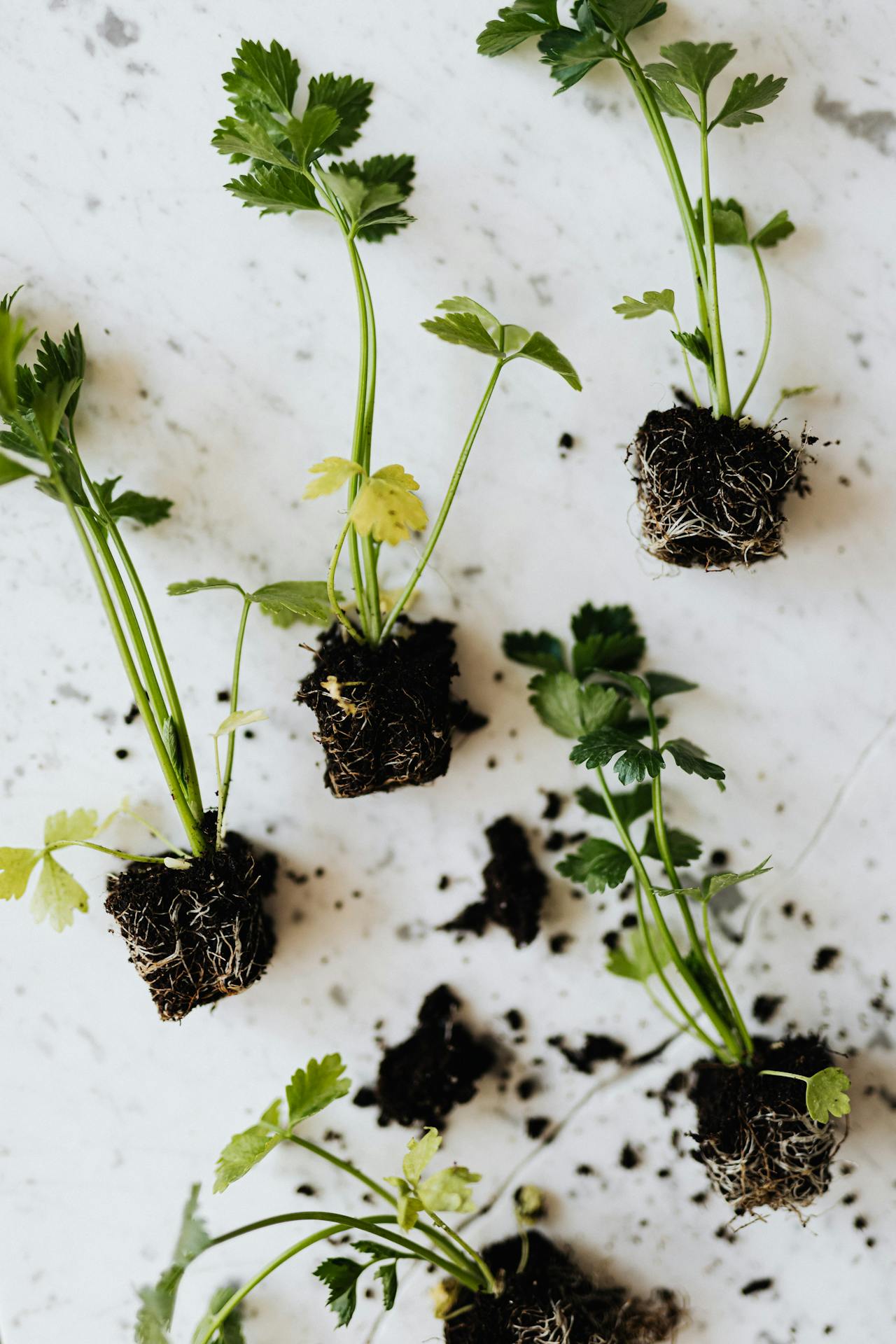
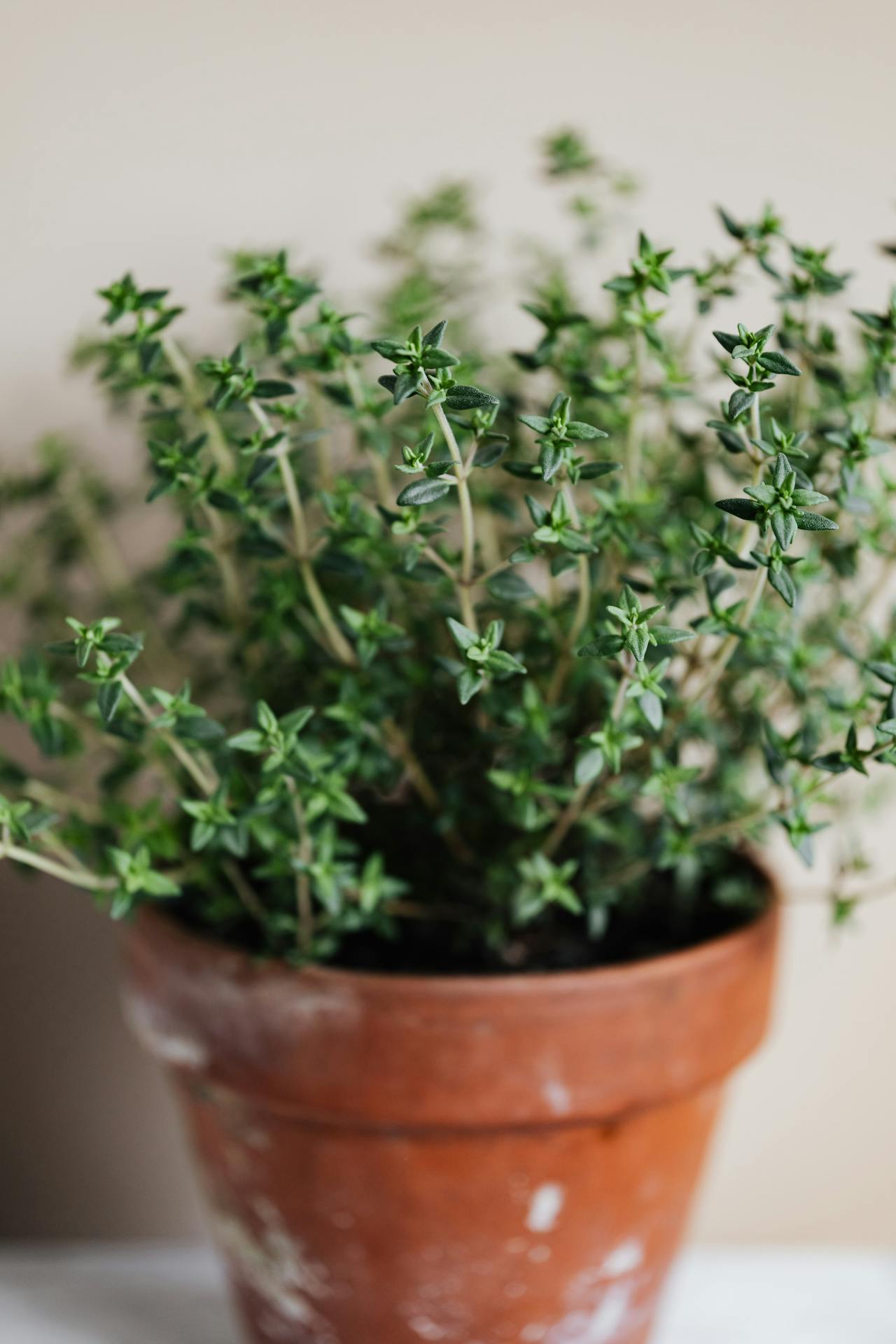
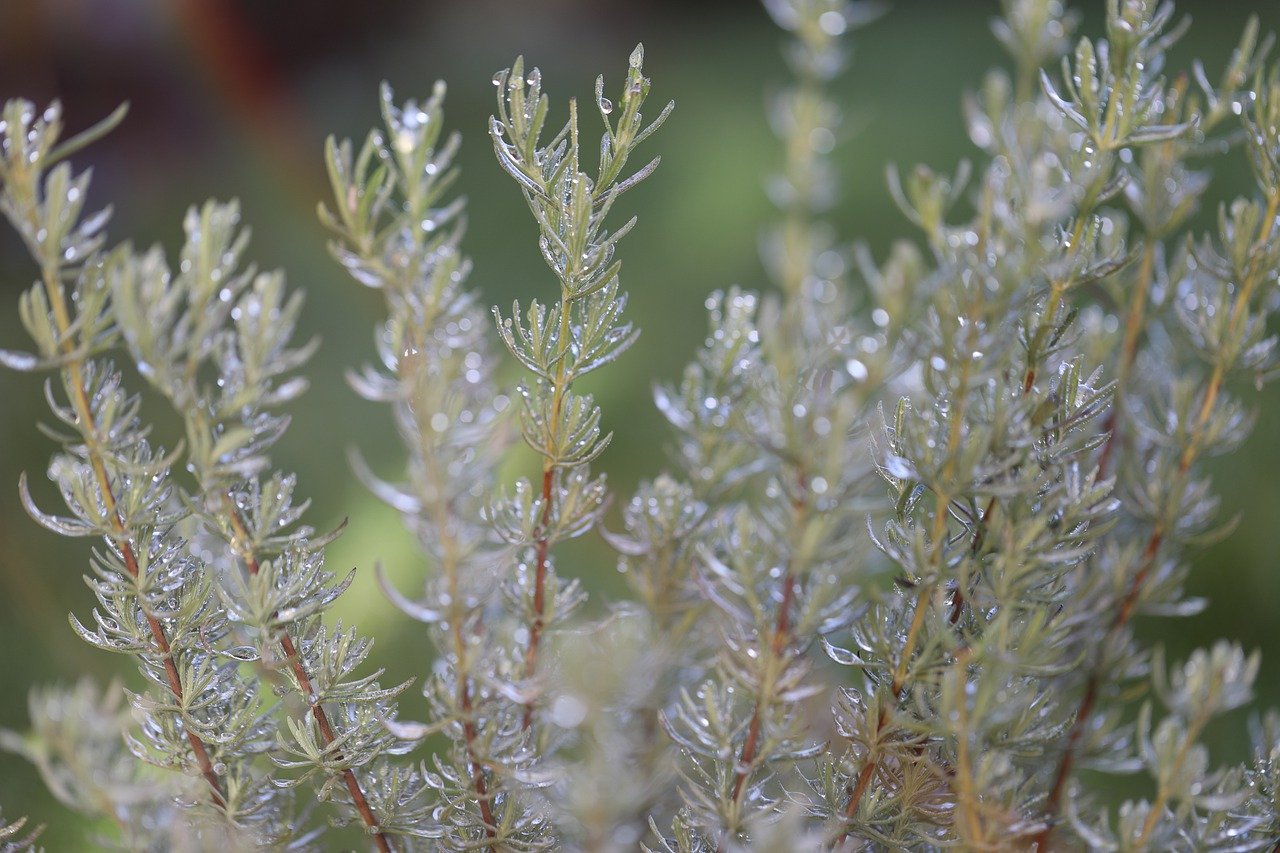
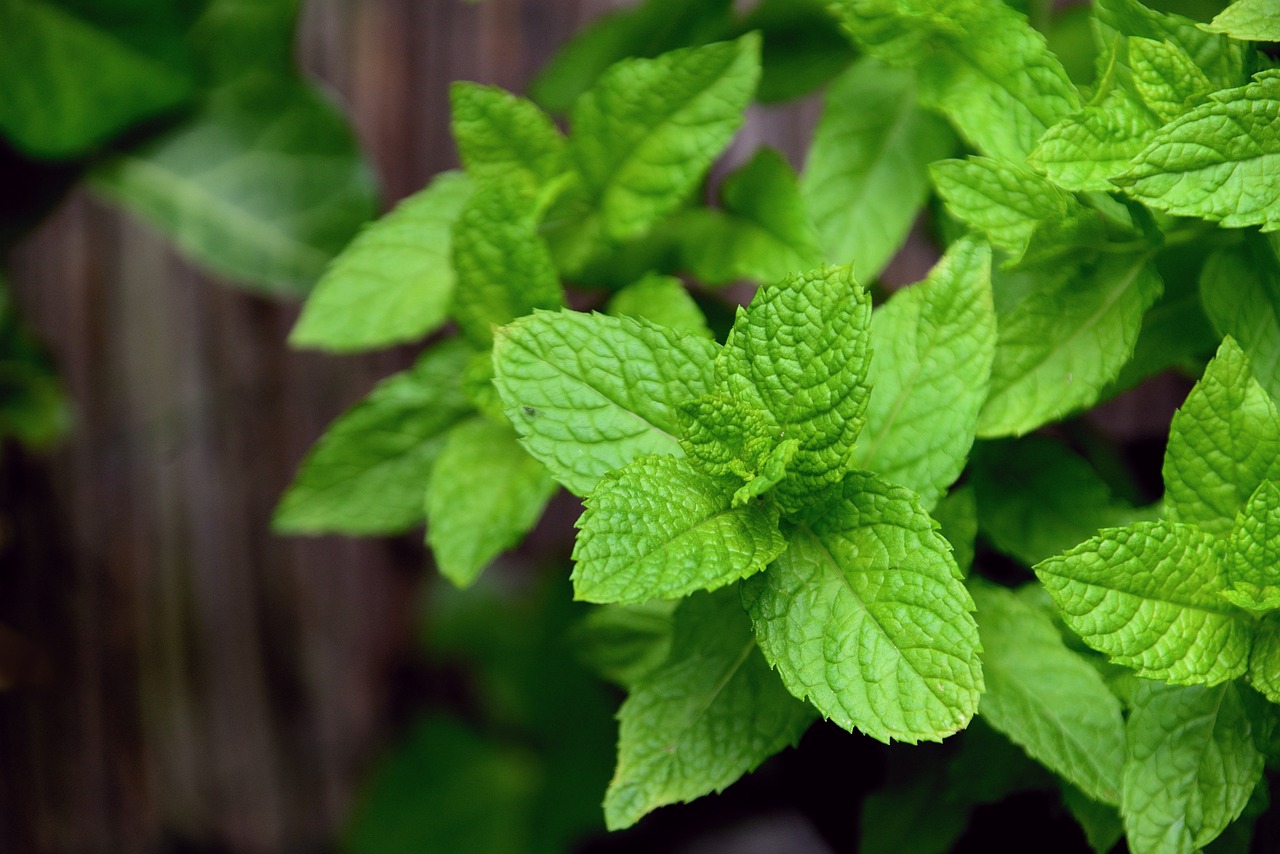

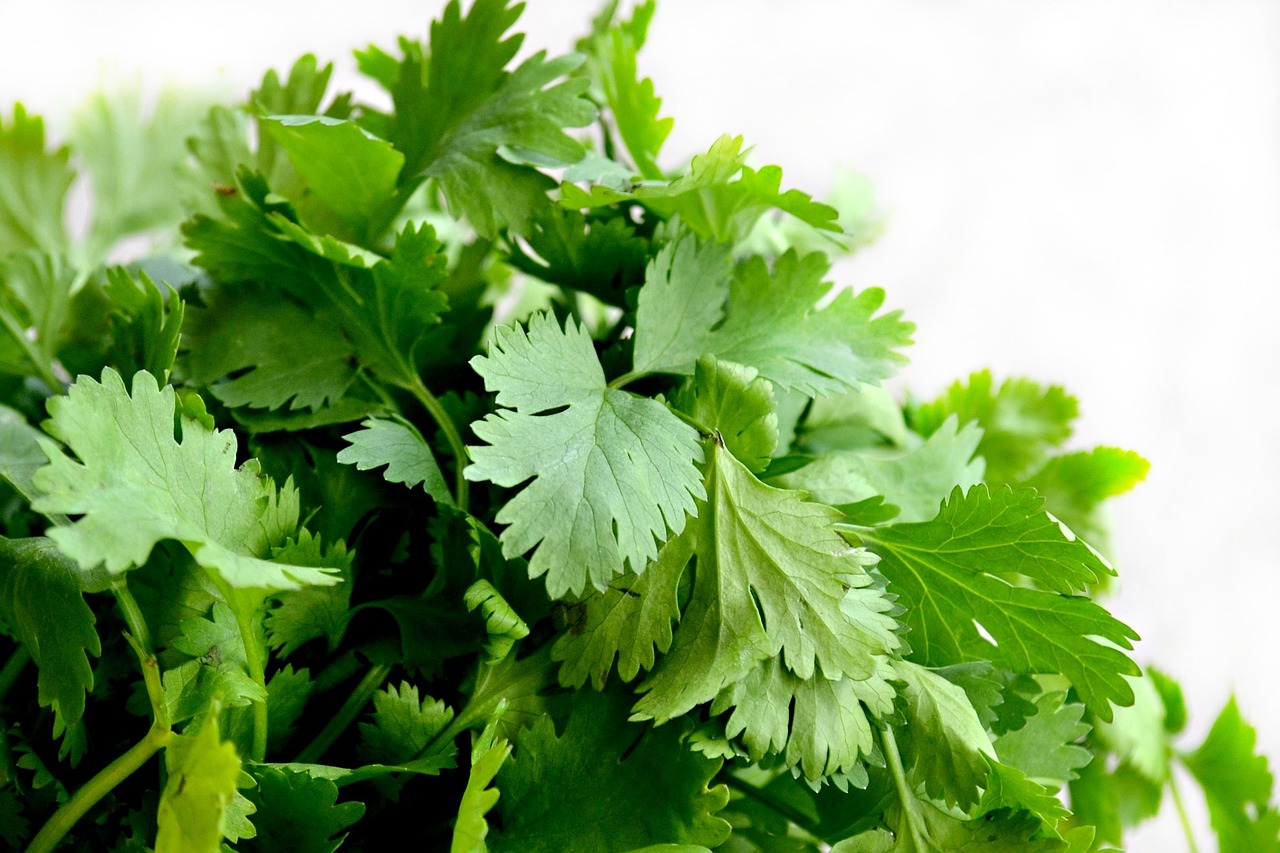
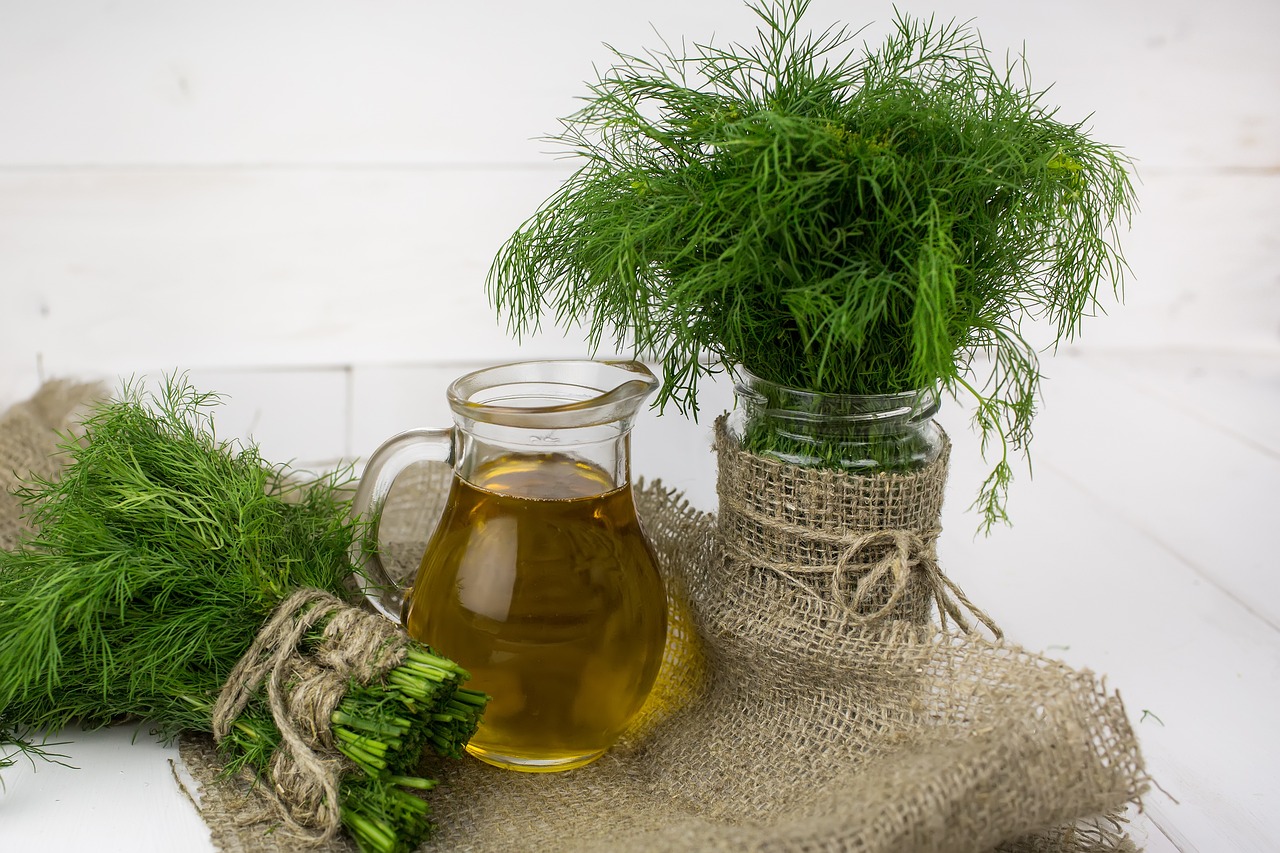
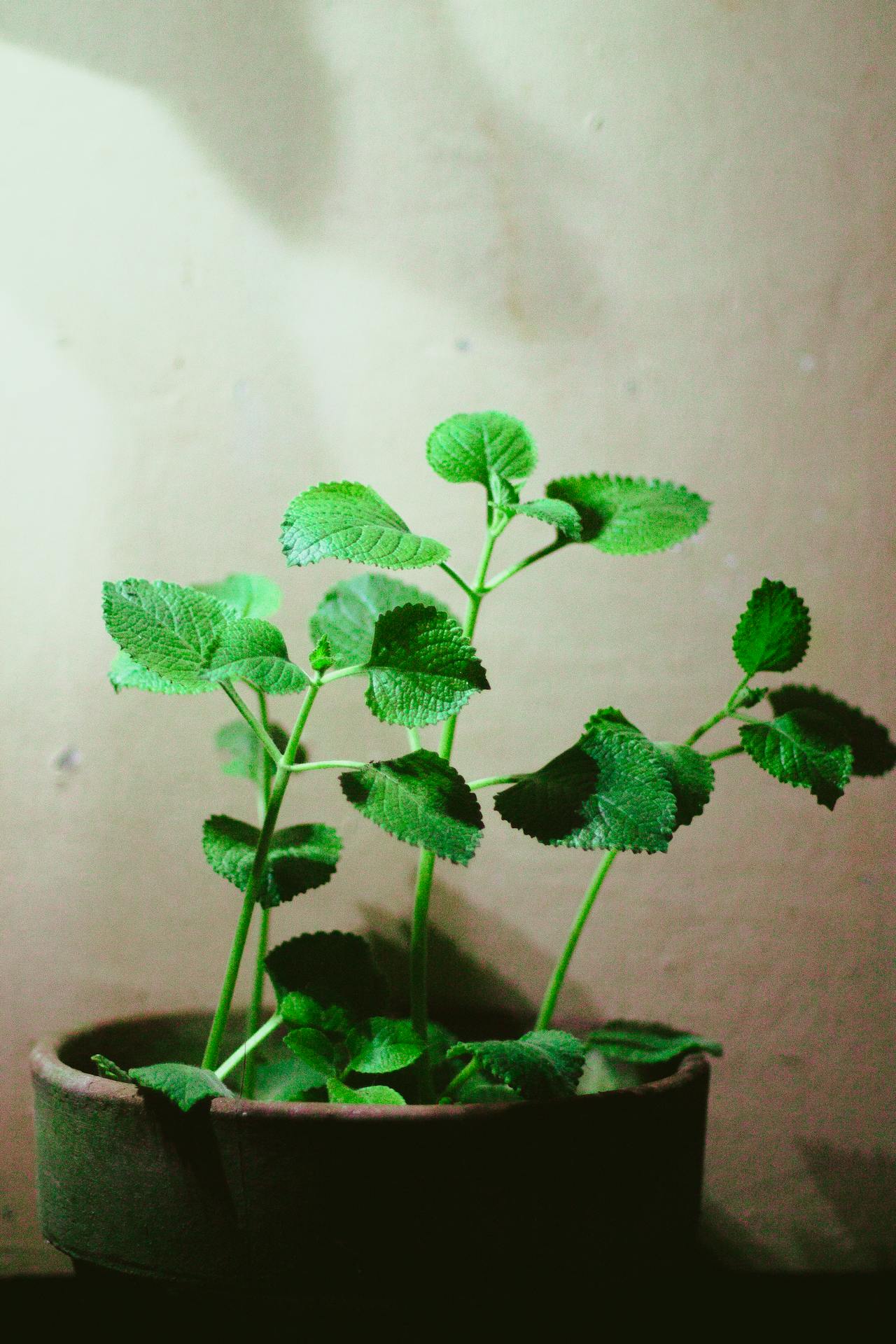
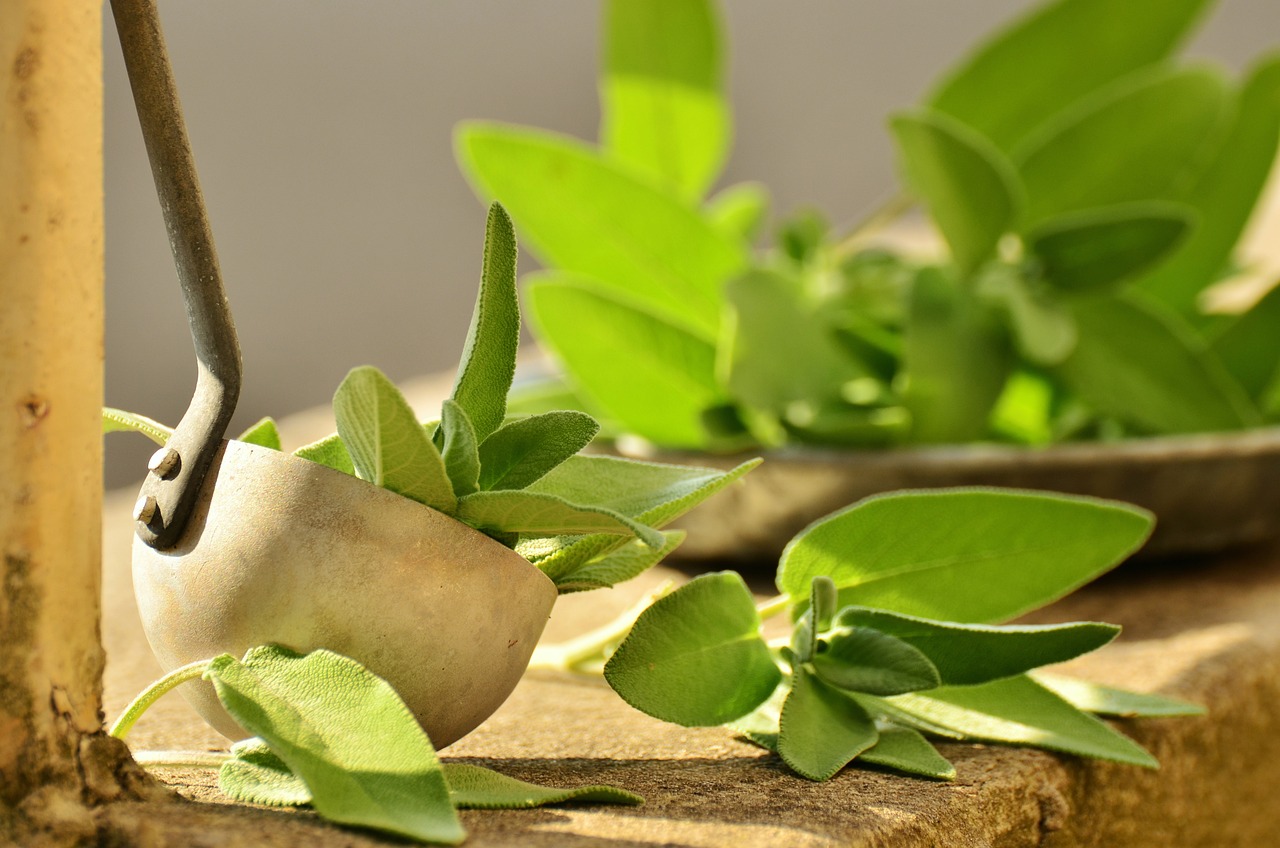
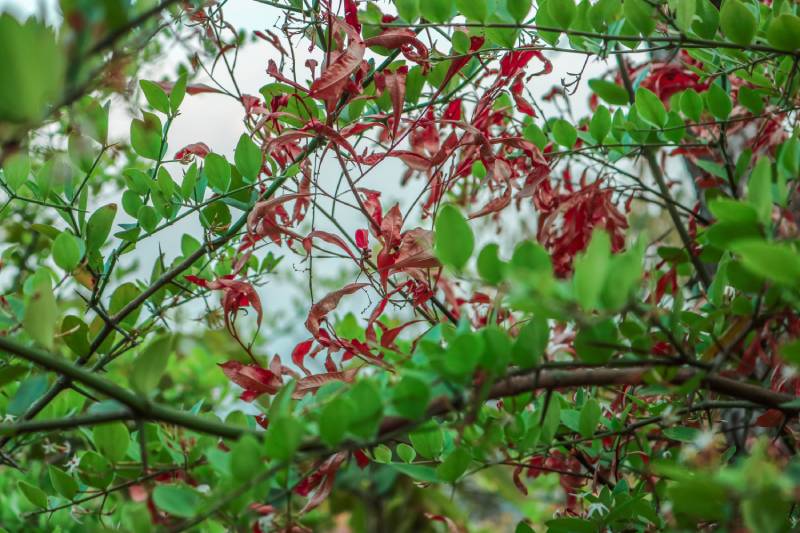
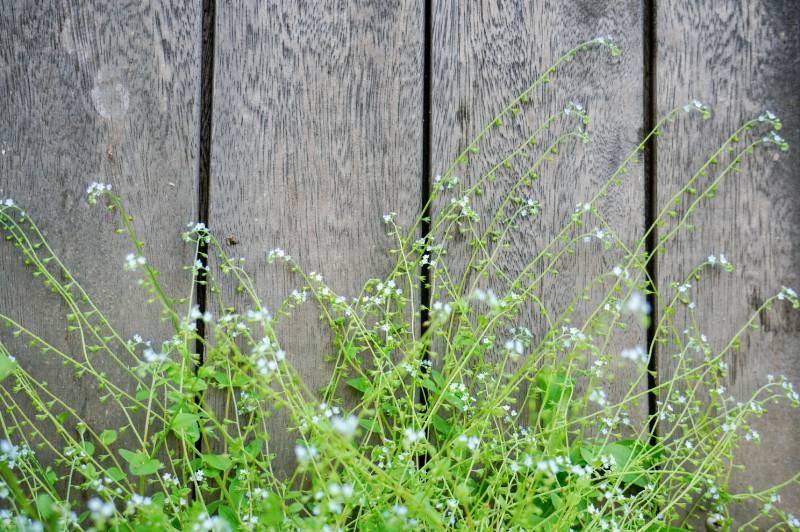

Leave a Reply